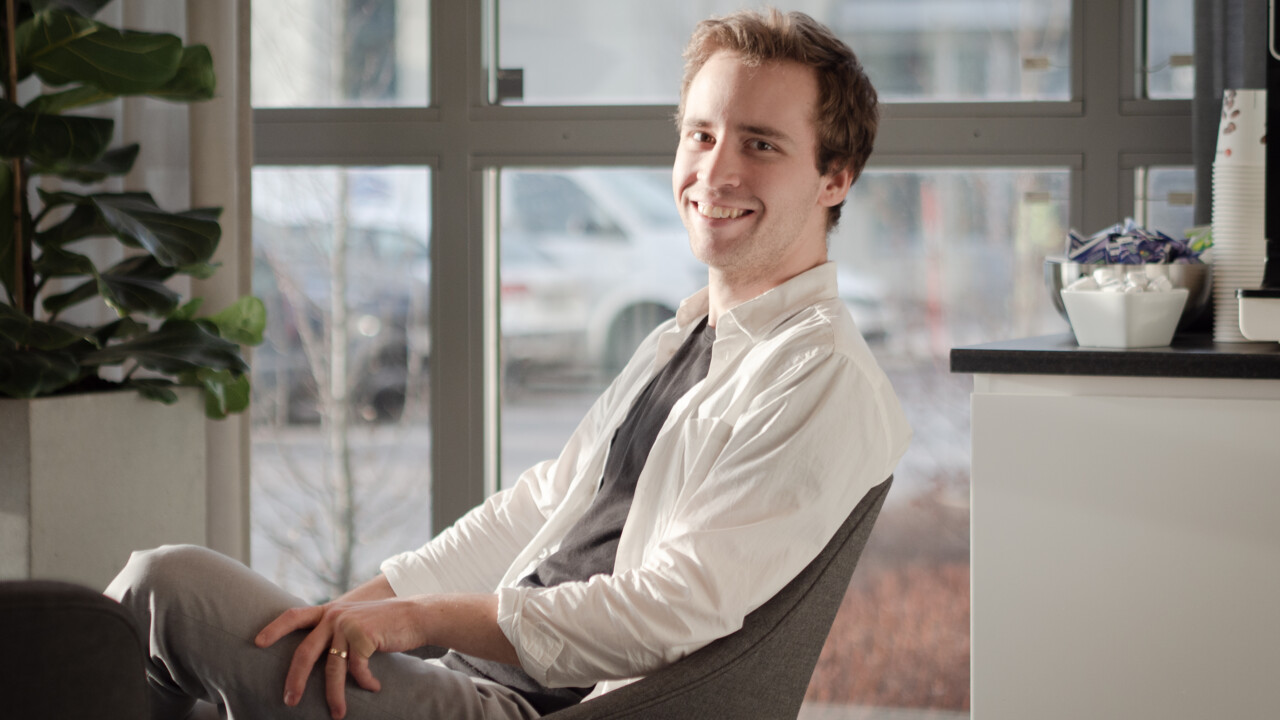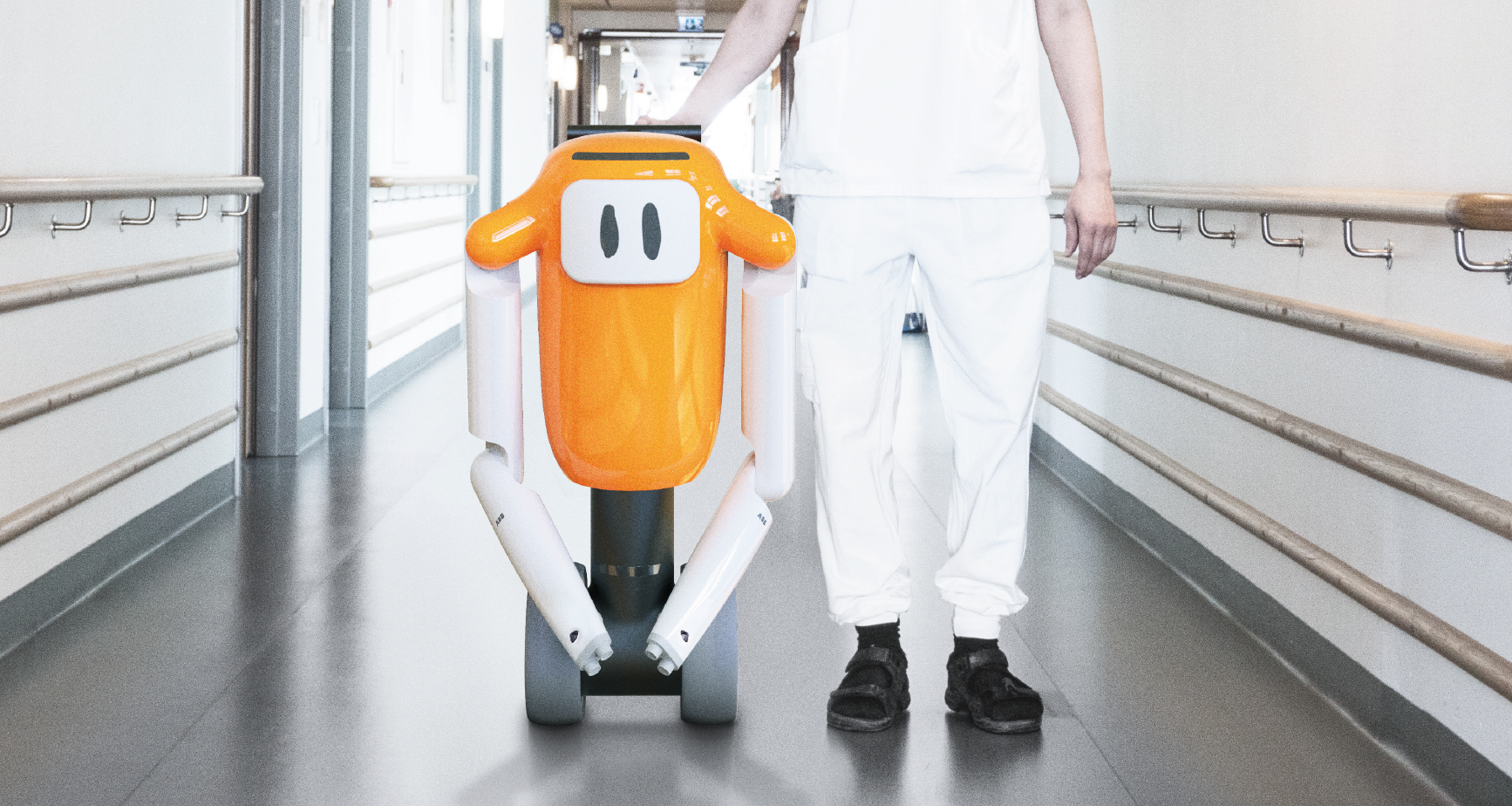ABOUT Simon Linge
Age: 29 years.
From: the depths of Småland.
Lives in: Västerås.
Education: Master's programme in advanced product design, Umeå Institute of Design, Umeå University, Sweden, graduated in 2019.
Job: Industrial Designer and User Experience Researcher at ABB Corporate Research in Västerås.
Hobbies: Climbing and biking among other things.
Myself in 3 words: Thinking. Curious. Stubborn enough.
Umeå in 3 words: Welcoming. Beautiful. Powered.
What I'll do in 10 years: Will still be developing exciting products.



